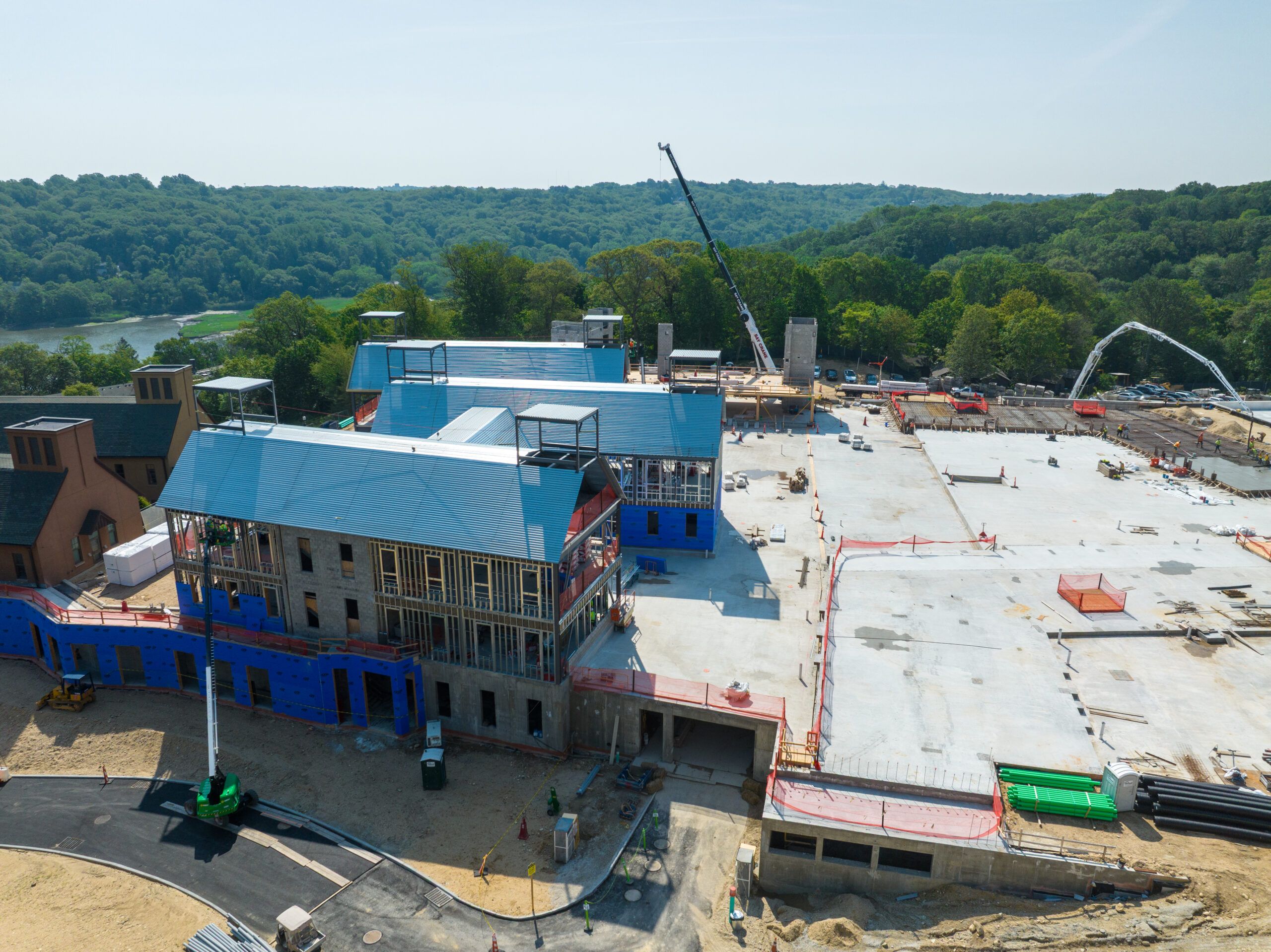Bypass sliding doors stand out as a practical and elegant choice when it comes to interior design that values both form and function. Especially popular in modern homes, these doors are ideal for closets, pantries, and space-saving room dividers. Unlike hinged doors, they glide along a track and overlap neatly, eliminating the need for swing clearance.
Before you make a purchase or begin an installation, it’s essential to understand standard sizing, proper measuring techniques, and key considerations that ensure a perfect fit.
What Are Bypass Sliding Doors?
Bypass sliding doors, like those sold by modern interior door supplier Doors Los Angeles, feature two or more panels that slide past each other along parallel tracks. Only one panel is accessible at a time, making them ideal for spaces where a wide-opening appearance is desired without the added footprint of swinging doors. Their minimalist aesthetic complements modern, transitional, and contemporary interiors.
Because they operate within their frame, bypass doors are also ideal for smaller rooms or spaces with furniture placed close to the entry. You’ll most often find them in closets, laundry rooms, or as sleek dividers between living zones.
Standard Bypass Sliding Door Dimensions
Bypass sliding doors are available in several standardized sizes to meet common U.S. framing needs. These sizes are based on typical door openings and ensure a smooth fit during installation.
Most Common Sizes
● 48″ x 80″
○ Best for openings approximately 47″ to 50.5″ wide
○ Commonly used in reach-in closets for smaller bedrooms
● 60″ x 80″
○ Fits openings around 59″ to 62.5″ wide
○ A versatile mid-range size suitable for hall closets and larger bedrooms
● 72″ x 80″
○ Designed for openings between 71″ and 74.5″ wide
○ Ideal for master bedroom closets or dividing open-plan areas
All bypass door sets typically include two panels and a track system. The panels overlap slightly when closed and glide effortlessly when opened, each confined to its own track. Most doors are sized slightly shorter than the full 80-inch height to allow clearance for the sliding mechanism and top track hardware.
How to Measure for a Bypass Sliding Door
Getting the dimensions right is critical. Even small inaccuracies will affect both aesthetics and functionality. Here’s a clear, step-by-step guide to measuring your opening:
1. Measure the Width
Measure the horizontal width of your opening at three points: top, middle, and bottom. Walls and framing can shift over time, leading to slight variations. Always use the smallest of the three measurements to prevent gaps or obstruction.
Tip: Use a steel measuring tape for accuracy, especially on wider spans.
2. Measure the Height
Next, measure the vertical height from the floor to the top of the opening on both the left and right sides. Again, use the smaller number to ensure a smooth fit with the frame and hardware. Subtract about 1 to 1.25 inches from this height to account for the track system.
3. Check for Level and Plumb
Use a level to check whether the floor is even and the side walls are plumb (perfectly vertical). An uneven floor or uneven wall can cause sliding panels to drift or stick.
4. Account for Overlap
Bypass doors need a bit of overlap in the middle for privacy and full coverage. This is built into most standard sets, but it’s worth double-checking when using custom options.
Why Accurate Measurements Matter
Correctly sized bypass doors enhance the visual symmetry of a space, ensure smooth operation, and reduce long-term wear on the track. If the doors are too large, they may scrape or jam. If too small, they’ll look out of place or leave gaps.
Beyond function, proper interior door sizing contributes to energy efficiency and comfort. Doors, windows, and skylights are often responsible for up to 35% of heat loss from a home, especially when poorly installed. Though bypass doors aren’t usually exterior-facing, their fit and placement still impact insulation and air flow within interior zones.
Additional Sizing Considerations
While standard sizes work for most homes, some situations may require custom solutions. Consider custom bypass doors if:
- You’re working with non-standard wall openings
- You want to add mirrored panels or specialty finishes
- You’re installing bypass doors as room dividers or in extra-wide closets
Also keep in mind the track depth and hardware clearance. Some designs use recessed floor guides, while others require surface-mounted tracks that may reduce clearance under the panels.
Choosing the Right Door Style and Material
Once your dimensions are confirmed, it’s time to select a style that suits your interior:
- Glass Panels: Add light and visual expansion, making them ideal for modern and transitional spaces.
- Wood Veneer or MDF: Offers a sleek, solid appearance with a minimalist feel.
- Mirrored Doors: Common in bedrooms for functionality and space amplification.
- Louvered Panels: Provide ventilation, making them great for closets or utility areas.
Finishes such as matte black, brushed nickel, or minimalist white further enhance a clean, modern design.
Installation Tips
Although bypass sliding doors are often available as DIY kits, professional installation is recommended if your opening is uneven or you’re integrating into complex spaces. Key tips:
- Install the upper track first, ensuring it’s centered and level.
- Use studs or anchors for secure support.
- Mount the bottom guide carefully to prevent misalignment.
- Test slide and adjust hardware as needed.
Precision Makes the Difference
Bypass sliding doors combine elegance with efficiency, especially when sized and installed correctly. With standard dimensions like 48″, 60″, and 72″ widths paired with an 80″ height, most U.S. homeowners will find a fit that works for their space.
But the true beauty lies in the details. Proper measurements, thoughtful material choices, and smooth installation all contribute to a door that feels like it belongs; not just in your wall, but in your life.
Whether you’re redesigning a bedroom, updating a closet, or opening up a living space, bypass doors offer a streamlined, space-saving solution that aligns with the aesthetics of modern American homes.











